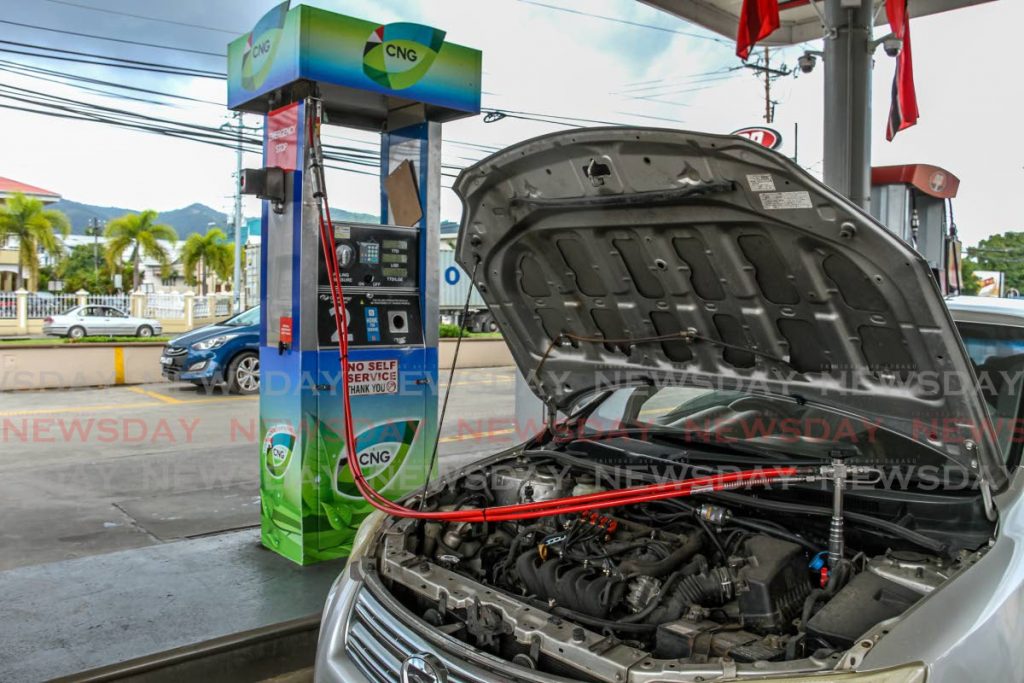CNG: Pull the trigger or pull the plug

A bold drive to switch to compressed natural gas (CNG) – not the first one – began in 2014, with 35 CNG-native public transport buses.
The PTSC now reports that 71 of its buses use the fuel – just 21 per cent of its fleet.
In 2016, an effort was launched to meet a target of 17,500 vehicles running on CNG by 2018, the first phase of Cabinet's mandate to NGC CNG, the subsidiary of the National Gas Company that manages commercial CNG supply and distribution.
Subsidy grants of $45,000-$75,000 were offered to the T&T Unified Maxi Taxi Association to convert their vehicles. The 1,200 grants were intended to provide proof of CNG’s value for vehicles in constant use.
But today, there are15,500 CNG-powered vehicles on the road. A second phase of the CNG project is still to be approved.
Given this sluggish adoption, what, really, is the future of CNG as a replacement for petrol and diesel in TT?
Does the government still have confidence in it as an alternative fuel?
NGC CNG has an impressive list of CNG-native vehicles listed on its website, heavily weighted to mass transportation and heavy trucks. There is just one sedan listed, the aging Honda City, and one SUV, the DongFeng Glory.
NGC CNG argues that with just 15,500 vehicles on the roads between January 2014 and July 2021, it has saved the atmosphere from 38.405 tonnes of carbon dioxide, "the equivalent of taking hundreds of vehicles off the roads." Does the population know or care?
There are, conservatively, at least 500,000 cars in active use in this country, half the number of registered vehicles in the Licensing Authority's database.
NGC has proved unable to change the fuel preferences of almost all of them.
While charge points for electric vehicles in TT remain insider knowledge compared to the pervasive presence of traditional fuelling stations and the cost of the new technology remains high, it's taken more than five years for CNG refilling stations to approach being national in coverage, and there's just one in Tobago.
Improvements to hybrid and electric vehicles also narrow the window for making a case for CNG.
Customers are clearly unconvinced of the value of switching to CNG, which requires tanks that take up significant vehicle storage space.
Comparing electric vehicles to CNG, zero-polluting emissions are a much better selling point than reduced emissions, and car manufacturers are now planning for the end of internal combustion engines.
National strategy for the energy asset should align with the reality of customer preference and available alternatives, some of them also environmentally friendly.
Ultimately, it falls to Cabinet to decide where it will place its bets for future CNG use. It must be guided by where the effort to promote the fuel makes sense and where it doesn’t.


Comments
"CNG: Pull the trigger or pull the plug"